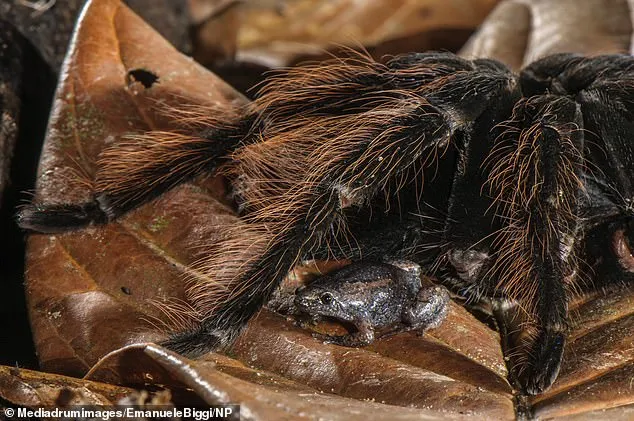Tarantula keeping has surged in popularity, captivating enthusiasts with the allure of these fascinating arachnids. These creatures, with their diverse species and unique behaviors, offer an intriguing experience for pet owners. This guide delves into the world of tarantula keeping, providing comprehensive insights for beginners and seasoned keepers alike. From understanding the basics of their care to addressing common health concerns and understanding the risks with a pet frog, this article is designed to equip you with the knowledge you need for a rewarding tarantula-keeping journey.
Understanding Tarantula Keeping
Before diving into tarantula keeping, it’s crucial to grasp the fundamentals. Tarantulas are relatively low-maintenance pets, but they demand specific care to thrive. Unlike dogs or cats, tarantulas have unique needs, including a controlled environment and specialized feeding. Understanding these differences is the first step in responsible tarantula keeping. Consider the commitment, the space required, and your comfort level with handling and observing these often-misunderstood creatures. This involves a shift in mindset, from traditional pet care to understanding and respecting the specific needs of an invertebrate.
Benefits of Keeping a Tarantula
Keeping a tarantula can offer several advantages. Tarantulas are generally quiet and odorless, making them suitable pets for apartment living or those with allergies. Their care is relatively straightforward, involving regular feeding and enclosure maintenance. Furthermore, observing their behaviors, such as web-spinning and molting, can be incredibly rewarding. The variety in species also adds an educational element, allowing you to learn about different habitats, behaviors, and conservation efforts. The unique companionship and the chance to observe a fascinating species make tarantula keeping a compelling hobby.
Things to Consider Before Getting a Tarantula

Before acquiring a tarantula, it’s essential to reflect on several key aspects. First, consider the commitment; tarantulas can live for several years, and some species, like the Chilean Rose, can live for over 20 years. Ensure you are prepared to provide consistent care throughout their lifespan. Research the specific needs of the species you’re considering, including their size, temperament, and habitat requirements. Evaluate your financial capacity for essential supplies and potential veterinary care. Also, assess your own comfort level with spiders and the ability to handle emergencies like escapes or health issues. These considerations are vital to ensure both your well-being and the welfare of your tarantula.
Essential Supplies for Tarantula Keeping
Setting up a proper habitat is critical for the health and happiness of your tarantula. This involves selecting the right enclosure, substrate, and environmental controls. A well-designed habitat mimics the tarantula’s natural environment, providing shelter, humidity, and temperature regulation. Appropriate supplies create a space where your tarantula can thrive, exhibit natural behaviors, and live a long, healthy life. Correct setup is a key factor in successful tarantula keeping. Avoid shortcuts and research specific species to provide optimal conditions.
Choosing the Right Tarantula Species
Choosing the right species is fundamental. Some tarantula species are better suited for beginners than others. Consider factors such as temperament, venom potency, and care requirements. For example, the Chilean Rose tarantula is known for its docile nature and is an excellent choice for first-time keepers. Research different species to understand their unique needs, including humidity, temperature, and feeding preferences. Popular beginner-friendly choices include the Mexican Red Knee and the Pinktoe tarantula. Avoid species known for aggressive behavior or specialized care until you have gained experience.
Selecting the Ideal Enclosure
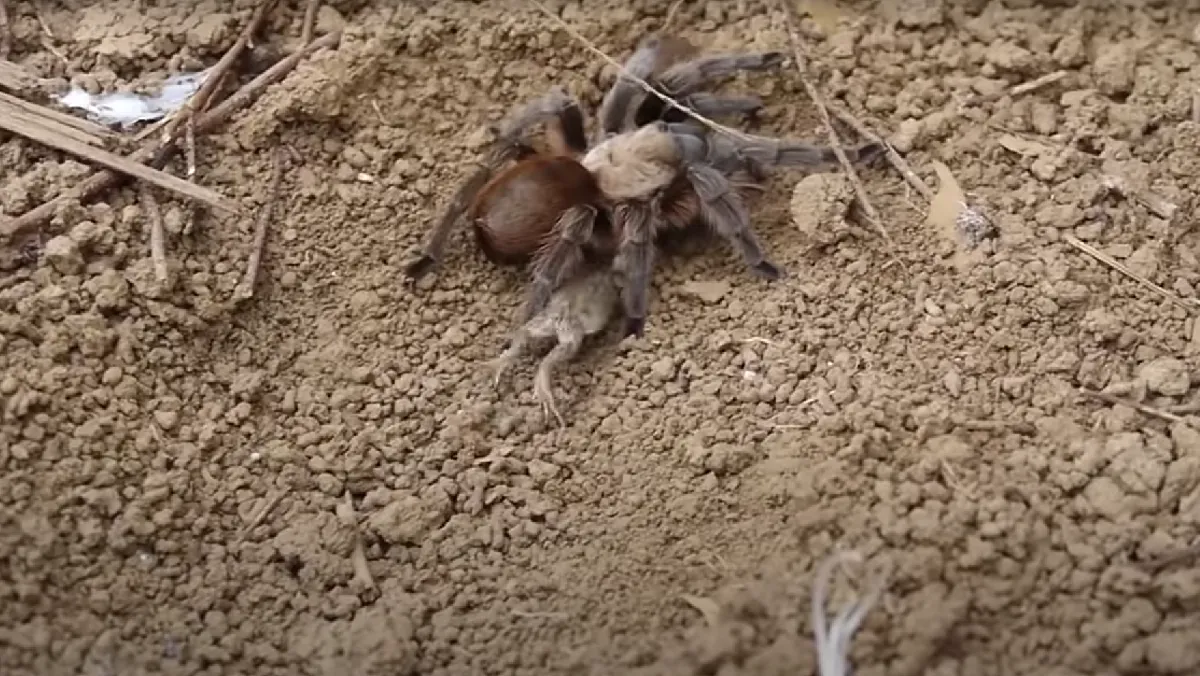
The enclosure is the tarantula’s home, so it needs to be appropriate for the size of the spider. Choose a terrarium with secure ventilation to maintain air quality and prevent escapes. The size of the enclosure should be proportionate to the size of the tarantula; a general rule is to provide an enclosure that is at least twice the tarantula’s leg span in width and length. Ensure that the enclosure has a secure lid to prevent escapes and is made of a material that is easy to clean. Consider the type of tarantula (terrestrial, arboreal, or burrowing) to choose an enclosure with the appropriate height and substrate depth.
Substrate and Habitat Setup
The substrate is the bedding material that covers the bottom of the enclosure, providing comfort and contributing to the overall humidity of the habitat. Appropriate substrate choices depend on the type of tarantula. For terrestrial species, a mixture of peat moss, vermiculite, and coconut fiber is generally recommended. Arboreal tarantulas may require a substrate that holds humidity and allows them to climb, such as cork bark or artificial plants. Provide hiding places like cork bark or artificial plants. Always ensure the substrate is clean and replace it regularly to prevent the build-up of bacteria and waste products.
Proper Temperature and Humidity
Maintaining the right temperature and humidity levels is essential for the health of your tarantula. The ideal temperature range is generally between 75-85°F (24-29°C), depending on the species. Use a thermometer to monitor the temperature inside the enclosure. Humidity levels also vary depending on the species, but it can be maintained using a water dish and regular misting. The humidity is usually around 60-80%. Use a hygrometer to measure humidity accurately. Avoid sudden changes in temperature or humidity as they can stress your tarantula. Proper temperature and humidity control is key to their well-being and promotes a healthy molt.
Feeding Your Tarantula
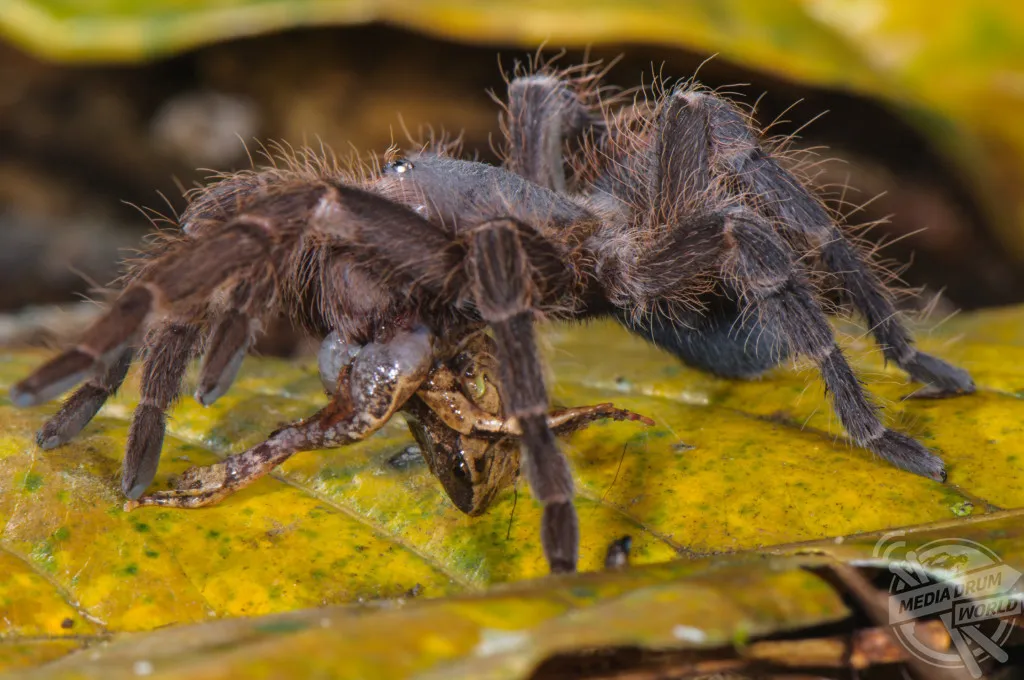
Feeding is a key aspect of tarantula care. They are carnivorous and require a diet of insects, such as crickets, mealworms, and roaches. The size of the prey should be proportionate to the size of the tarantula. Overfeeding and underfeeding are both detrimental to a tarantula’s health. Providing the correct diet ensures your tarantula receives the necessary nutrients to grow and thrive. Observe feeding habits carefully to adjust your feeding schedule and maintain the overall well-being of the spider.
What to Feed Your Tarantula
Tarantulas are primarily insectivores. The most common food sources include crickets, mealworms, and roaches. The size of the food should be no larger than the tarantula’s abdomen. Vary the diet to provide a more balanced source of nutrients. The occasional treat, like a small piece of fruit, can be given to certain species, but insects should be the staple diet. Ensure insects are gut-loaded before feeding to the tarantula, meaning they are fed nutritious food to provide the best nutritional value to your pet.
Feeding Frequency and Amount
Feeding frequency varies based on the tarantula’s age and species. Spiderlings may need to be fed every few days, while adult tarantulas can be fed once or twice a week. Observe your tarantula’s feeding habits. If the tarantula is consistently refusing food, it might be nearing a molt or experiencing other issues. Remove uneaten prey within 24 hours to prevent stressing the tarantula and the build-up of bacteria. Adjust the amount of food according to the size and appetite of your tarantula. Overfeeding may lead to health complications.
Watering Your Tarantula
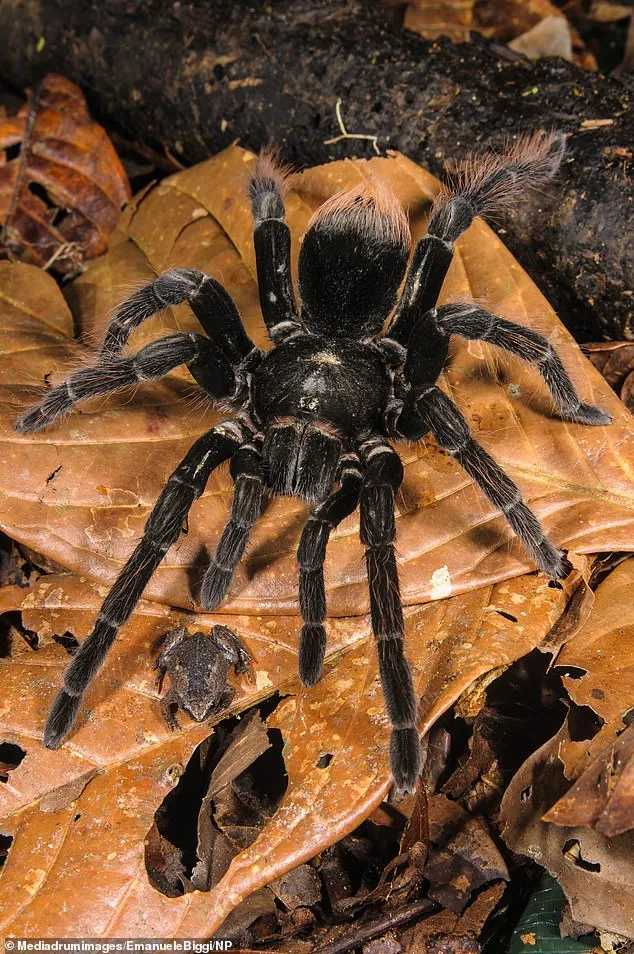
Water is crucial for your tarantula’s hydration. Provide a shallow water dish with fresh, clean water at all times. The dish should be shallow enough to prevent the tarantula from drowning. You can use a sponge or small pebbles in the water dish to make it easier for the tarantula to drink. Additionally, mist the enclosure to maintain humidity levels, which also helps your tarantula stay hydrated. Always ensure the water source is clean and free of contaminants, and replace the water regularly to prevent bacterial growth.
Handling and Safety Precautions
Handling tarantulas can be a thrilling experience, but it also carries risks. It’s important to approach handling with caution and respect. Tarantulas have varying temperaments, and some species are more prone to defensiveness. Taking precautions minimizes the risk of bites, falls, or stress to the spider. Familiarize yourself with the species’ behavior and be prepared to react to signs of stress or aggression. Never handle a tarantula if you are unsure of its temperament or the proper handling techniques. Safety should always be your top priority.
Safe Handling Techniques
Safe handling techniques are essential. If you decide to handle your tarantula, do so with care. Encourage the spider to walk onto your hand rather than grabbing it. Avoid sudden movements or loud noises that may startle the spider. Handle the tarantula close to the ground or over a soft surface to minimize the risk of injury if it falls. Never handle a tarantula if you are feeling stressed or anxious, as your reactions may impact the spider’s behavior. Always wash your hands thoroughly before and after handling a tarantula to reduce the transfer of oils and contaminants.
Recognizing Signs of Stress

Recognizing signs of stress is crucial for responsible tarantula keeping. Tarantulas may exhibit certain behaviors when stressed, such as raising their front legs, flicking hairs (urticating hairs), or running away. These are defense mechanisms and indicate that the spider feels threatened. If you notice these signs, immediately cease handling and give the tarantula space and time to calm down. Also, stress can be caused by poor environmental conditions or insufficient food and water. Regularly monitor your tarantula’s behavior and adjust the habitat to provide a comfortable environment.
Common Health Issues and Solutions
Tarantulas, like all pets, can experience health issues. Understanding common health problems and how to address them is crucial for responsible pet ownership. From parasites to environmental issues, being able to recognize and manage these problems ensures that your tarantula lives a long and healthy life. Regular observation and prompt action are the best ways to avoid serious health problems. If you are in doubt always consult with a veterinarian that is familiar with arachnids.
Moulting Process Explained
Moulting, or shedding their exoskeleton, is a natural part of a tarantula’s growth cycle. During moulting, the tarantula sheds its old skin to reveal a new, larger one. The process can take anywhere from a few hours to several days. Before molting, the tarantula may become lethargic, stop eating, and start to build a web mat or turn on its back. Never disturb a tarantula during the moulting process. After molting, the tarantula’s new exoskeleton will be soft, and it may take some time to harden. Do not feed your tarantula until its fangs have fully hardened.
Dealing with Parasites and Diseases
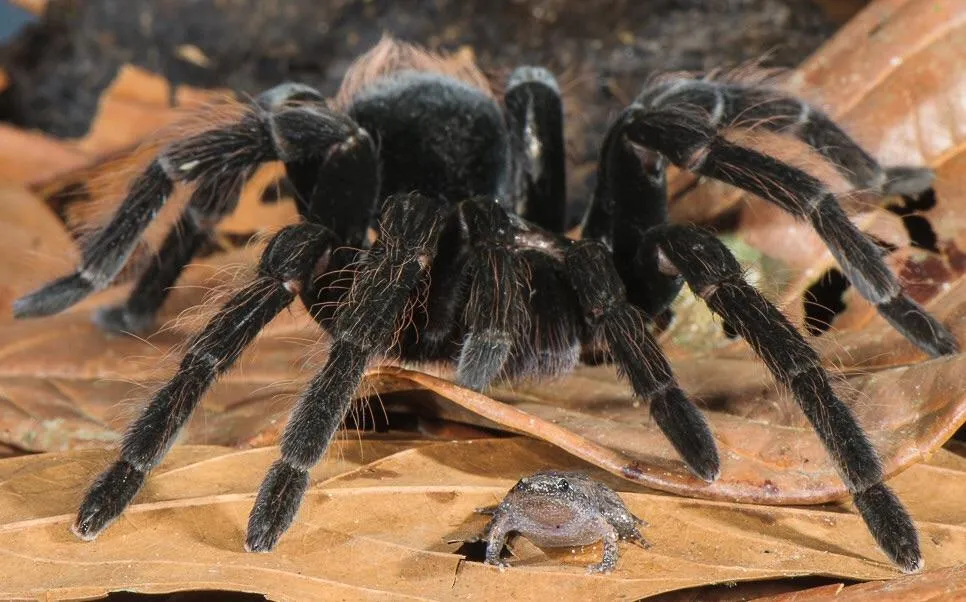
Tarantulas can be susceptible to parasites and diseases. Mites are a common parasite that can infest tarantulas, especially in humid environments. Treat mites by improving the enclosure’s cleanliness and potentially using mite control products designed for reptiles and invertebrates. Fungal infections can occur in environments with excessive humidity or poor ventilation. Prevent these by providing proper ventilation, maintaining appropriate humidity levels, and ensuring clean substrate. Regularly observe your tarantula for signs of illness, such as lethargy, loss of appetite, or unusual behavior. If you suspect a health issue, consult a vet.
Tarantula Keeping and Pet Frog compatibility
Combining a tarantula and a pet frog is generally not advisable. Tarantulas are predators, and frogs are prey. Even if the frog is much larger than the tarantula, the spider’s venom and aggression pose a significant threat. The presence of a frog can also stress a tarantula, leading to a decline in its health. The differing environmental needs of a tarantula and a frog make it difficult to create a suitable habitat for both species. While it might seem interesting, the well-being of both animals is the priority. Therefore, it’s best to keep tarantulas and frogs in separate enclosures to ensure their safety.
Risks of Keeping Tarantula and a Pet Frog
The risks of combining a tarantula and a pet frog are significant. The tarantula could attack and potentially kill the frog. Even if the frog is larger, tarantulas can be aggressive and inject venom, causing a fatal outcome. The frog may also stress the tarantula, making it more prone to health problems. Additionally, the different needs of each species for humidity, temperature, and habitat setup make it challenging to create a suitable environment. This makes it a poor combination for both animals. The ethical responsibility is to prioritize the safety and well-being of both pets.
Precautions and safety measures to minimize risks
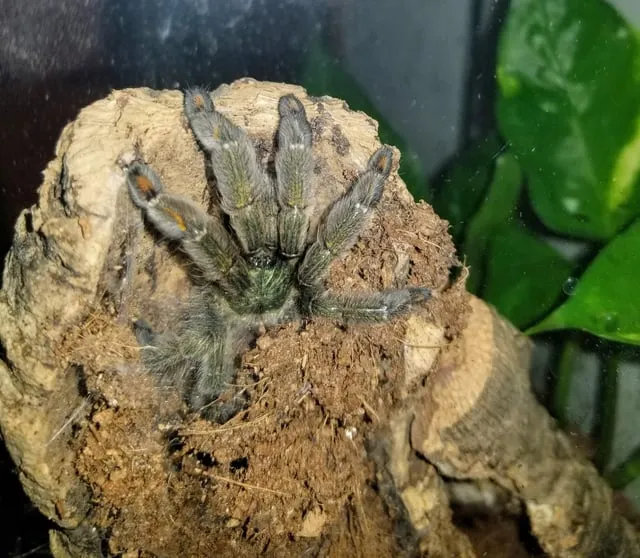
If keeping tarantulas, or other types of pets, it’s vital to take certain precautions to minimize potential risks. Always keep the tarantula and frog in separate enclosures. If you must handle a tarantula, do it in a contained area, such as over a soft surface, to prevent injury from falls. Ensure that the enclosure is securely locked. If you must handle a tarantula, do so in a controlled environment. Regularly clean and maintain the enclosures of both the tarantula and the frog to reduce any possible risks. Be informed about both species’ needs and behaviors and provide separate and appropriate environments to ensure both pets’ safety and welfare.
In conclusion, tarantula keeping can be an incredibly rewarding hobby. It does, however, require careful planning, proper care, and a deep understanding of the species’ needs. By following the guidelines in this guide, from choosing the right species and setting up a suitable habitat to understanding feeding and handling, you can provide a fulfilling life for your tarantula. Always remember to prioritize the welfare of your pet, provide it with a safe and enriching environment, and appreciate the unique beauty and fascinating behavior of these amazing creatures. Prioritize the welfare of your tarantula and make informed decisions about their care.
